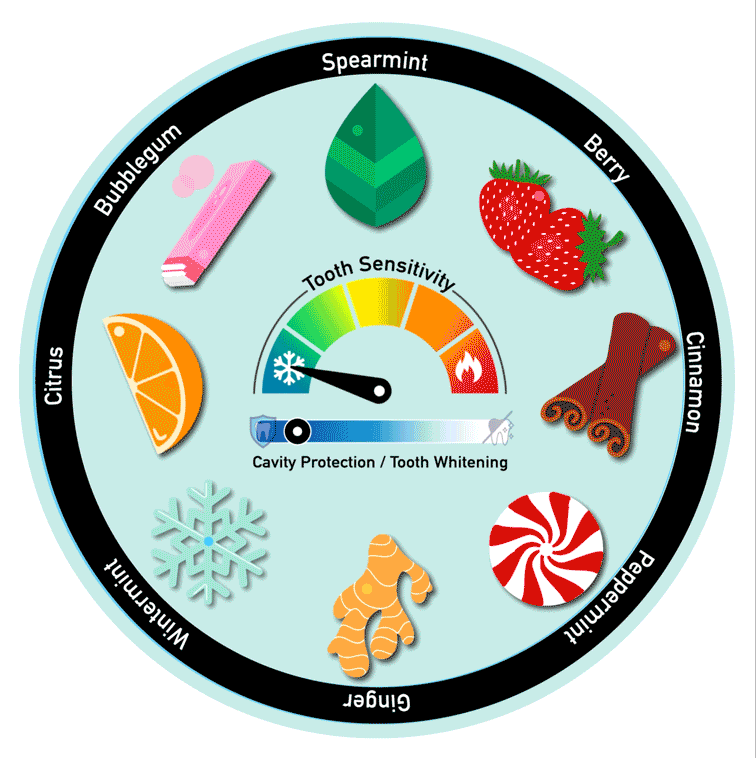
Even though it sounds simple, picking out which toothpaste you should buy can feel overwhelming and confusing because there are so many options. Keep in mind that while toothpaste is important, good technique and consistent brushing and flossing schedules are key to preventing cavities. Still, we put together a few tips to help you next time you feel stuck in the toothpaste aisle!
- Check for the American Dental Association Seal of Acceptance – it means that the toothpaste has undergone testing to ensure it is safe and effective. It also indicates the toothpaste contains fluoride, which is needed to prevent cavities.
- Pick a flavor that you like. If toothpaste tastes good, it does not make it more or less effective, but it does make it more likely that you will use it. Make sure you enjoy the flavor so that you are not tempted to skip toothbrushing or cut it short.
- If you have an oral health condition or issue, this can be helpful to keep in mind when choosing toothpaste. For instance, some toothpaste is created specifically to help with gum disease, sensitive teeth, or dry mouth. At your next appointment, find out if your dental team has any specific recommendations to help narrow down your selection that would best benefit your smile.

Here are a few of the most common categories of toothpaste and how they are different:
Cavity protection: this is the most general or basic category of toothpaste, with most brands and flavors falling in it. For most people, a toothpaste with the ADA seal and that contains fluoride is all that is needed if it is paired with good brushing and flossing practices. Fluoride strengthens our enamel and slows the growth of cavity causing bacteria. Make sure to use a small amount of toothpaste, as recommended on the label, and do not swallow it.
Tooth whitening: these toothpastes are formulated with the intention of whitening your smile. However, getting a whiter smile is not quite as simple as switching toothpaste brands. Some whitening toothpastes use abrasive ingredients like hydrated silica or charcoal to remove surface stains. This can damage enamel and lead to sensitivity. The whitening effect may also only be temporary, as toothpaste has very limited and short contact with your teeth. Speak with your dentist about the best option for whitening your teeth.

Sensitivity: this type is for those who have enamel erosion or gum recession, which has led to increased tooth sensitivity. Your enamel is the strong outside layer that protects the inside of your tooth. When enamel wears away, your tooth loses part of its shield from hot and cold temperatures. The same thing can happen to the root of your tooth – it becomes exposed without enamel protection when gums recede. Sensitivity toothpastes are designed to be less abrasive on sensitive teeth, help strengthen and restore tooth enamel, and keep cold from penetrating the inside or at the roots of teeth.

Prescription: toothpastes are prescribed by dentists for those with extremely high risk of cavities or for older adults who experience dry mouth. Prescription toothpaste has a higher concentration of fluoride to help strengthen teeth and fight tooth decay. Usually, this toothpaste is used only once daily, typically at night because it is not recommended to eat or drink for 30 minutes after use. It is not to be used for children as the higher fluoride level means it is dangerous to swallow. Use only under close supervision of your dentist.
If you are still unsure, speak to your dental team. They are the experts when it comes to caring for your smile, and they will be happy to guide you in the right direction.
This information in this post is for general educational purposes only and does not warrant or represent any information as related to health as specifically appropriate for you. It is not intended to be medical advice or replace the relationship that you have with your health care providers. You should always seek medical advice on any diagnosis or treatment from a qualified health care provider. The information is provided “as is” without any representations or warranties, express or implied.





